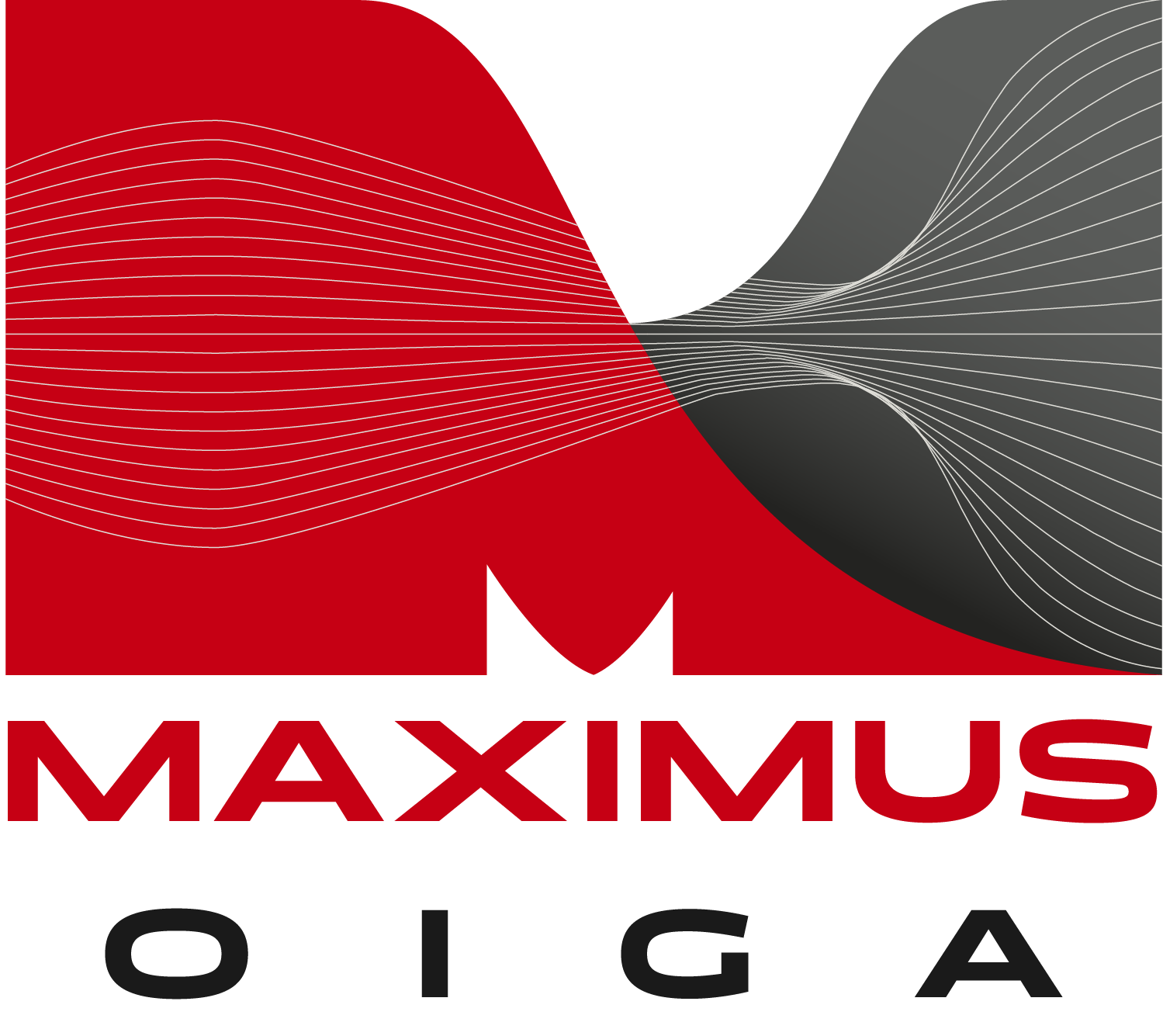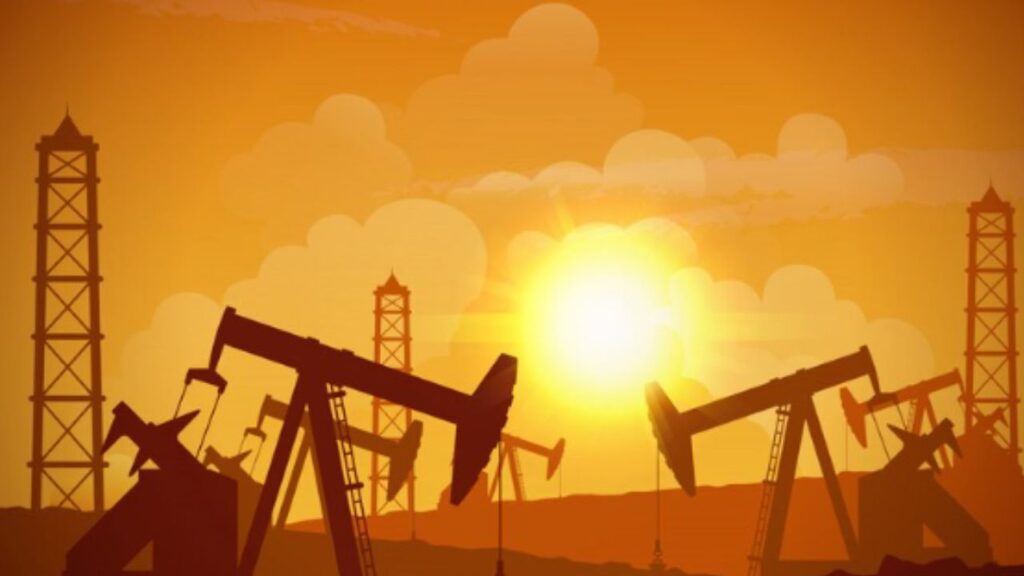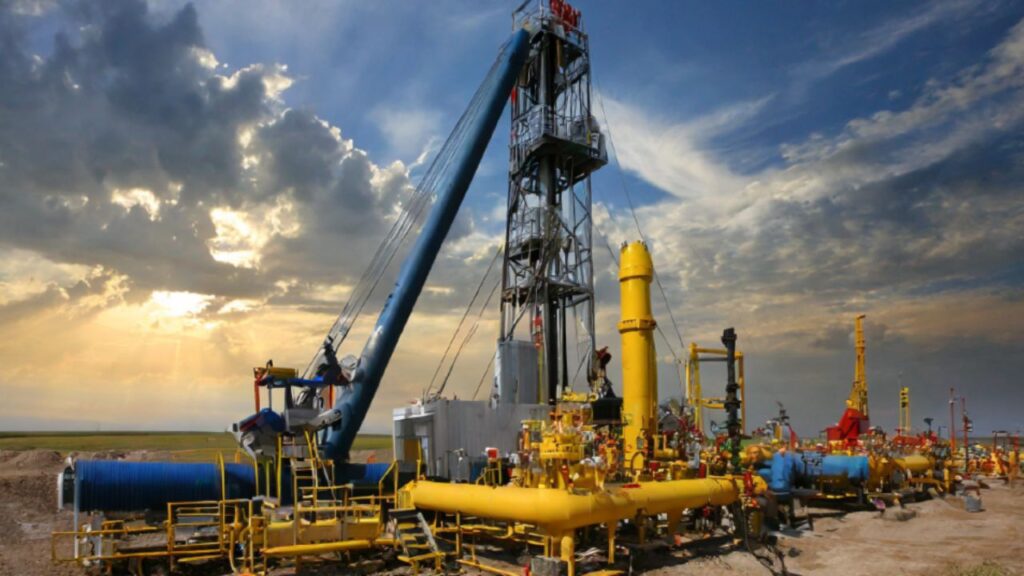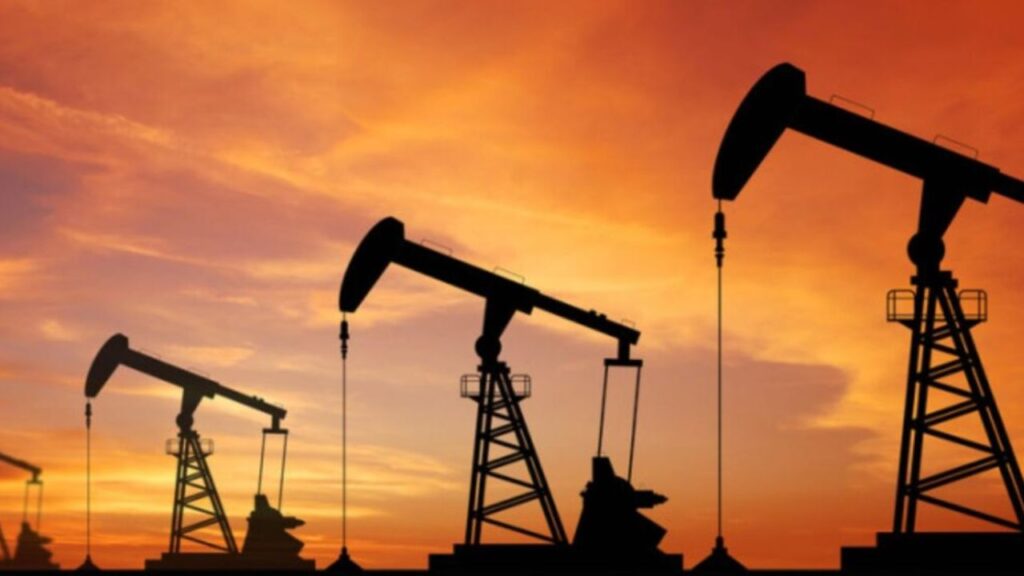Introduction
Well completion is a critical phase in the oil and gas production process, bridging the gap between drilling and extraction. Well completion equipment plays a vital role in ensuring operational efficiency, maintaining well integrity, and optimizing hydrocarbon production. From packer systems and tubing to advanced monitoring tools, these components are essential for maximizing the lifespan and output of a well.
This blog explores the key types of well completion equipment, their importance in the industry, advancements in technology, and how to select the right tools for specific operational needs.
Contents
- What Is Well Completion?
- Types of Well Completion Equipment
- Importance of Well Completion Equipment
- Innovations in Well Completion Technology
- Selecting the Right Well Completion Equipment
- Applications in Modern Oilfields
- Challenges in Well Completion and Their Solutions
- Future Trends in Well Completion Equipment
- Conclusion
1. What Is Well Completion?
Well completion is the process of preparing an oil or gas well for production after drilling. It involves installing the necessary equipment and systems to facilitate efficient and safe extraction of hydrocarbons.
Key Steps in Well Completion:
- Casing Installation: Securing the wellbore with steel casing.
- Zonal Isolation: Using packers to prevent fluid migration between zones.
- Tubing Installation: Placing tubing for fluid transportation.
The equipment used during this phase is pivotal for long-term production efficiency and safety.
2. Types of Well Completion Equipment
Well completion equipment encompasses a range of tools designed for specific purposes:
| Equipment | Function |
| Packers | Isolate production zones and control fluid flow. |
| Bridge Plugs | Temporarily seal wellbores for zonal isolation. |
| Tubing | Transport fluids from the wellbore to the surface. |
| Sand Control Screens | Prevent sand migration into the wellbore. |
| Flow Control Devices | Regulate production rates and pressure. |
Each piece of equipment is selected based on the well type, reservoir conditions, and production goals.
3. Importance of Well Completion Equipment
Well Integrity
Well completion equipment ensures the structural stability of the well, protecting it from pressure fluctuations and external stress.
Optimized Production
Advanced tools like smart flow control devices enhance production efficiency by allowing real-time adjustments.
Safety
High-quality equipment reduces the risk of blowouts, leaks, and other operational hazards.
Investing in reliable well completion equipment minimizes downtime and enhances operational longevity.
4. Innovations in Well Completion Technology
Smart Completion Systems
Smart completions integrate sensors and control systems to enable real-time monitoring and adjustments.
Expandable Tubular Technology
Expandable tubulars enhance wellbore integrity and reduce material costs by eliminating the need for multiple casing strings.
Corrosion-Resistant Materials
Materials like Inconel and Hastelloy are used to withstand corrosive environments, ensuring durability and reliability.
3D Visualization Tools
Software tools allow engineers to model well conditions and optimize completion designs.
5. Selecting the Right Well Completion Equipment
Choosing the right equipment is critical for the success of a well completion project. Factors to consider include:
- Reservoir Conditions: High-pressure, high-temperature (HPHT) wells require specialized tools.
- Production Goals: Tools like sand control screens may be necessary in sandy formations.
- Compatibility: Ensure equipment integrates seamlessly with other downhole tools.
- Certification: Look for API and ISO-certified equipment to ensure quality and reliability.
6. Applications in Modern Oilfields
Zonal Isolation
Packers and bridge plugs are used to segregate production zones, allowing operators to target specific reservoirs effectively.
Sand Control
Sand control screens prevent the ingress of sand into the wellbore, maintaining production rates and protecting equipment.
Flow Control
Advanced flow control devices optimize production rates, reduce water cut, and enhance hydrocarbon recovery.
Modern oilfields rely on well completion equipment to ensure operational efficiency and maximize resource extraction.
7. Challenges in Well Completion and Their Solutions
Challenge: High Corrosion Levels
Corrosive elements like H₂S and CO₂ degrade equipment over time.
Solution: Use corrosion-resistant alloys and protective coatings.
Challenge: Complex Reservoirs
Unconventional reservoirs often present challenges like narrow drilling windows and unstable formations.
Solution: Utilize expandable tubulars and smart completion systems to navigate these complexities.
Challenge: High Costs
Well completion operations can be expensive due to the specialized equipment required.
Solution: Invest in durable equipment to reduce long-term maintenance costs.
8. Future Trends in Well Completion Equipment
The future of well completion equipment is driven by advancements in technology and a focus on sustainability.
AI and Machine Learning
AI-powered systems will enhance real-time monitoring and predictive maintenance.
Eco-Friendly Solutions
Manufacturers are developing biodegradable materials and tools to minimize environmental impact.
Digital Twins
Digital twin technology will allow operators to simulate well conditions, optimizing completion strategies and reducing errors.
Automation
Automated tools will reduce human intervention, enhancing safety and efficiency.
Maximus Completions: A Leader in Well Completion Equipment
Maximus Completions has established itself as one of the top manufacturers of well completion equipment, delivering innovative and reliable solutions for the oil and gas industry. Specializing in high-quality packer systems, bridge plugs, sand control screens, and flow control devices, Maximus ensures that each product meets stringent international standards, including ISO and API certifications. With years of experience in tailoring solutions for both conventional and HPHT wells, Maximus has earned the trust of oil operators worldwide.
By combining advanced engineering, cutting-edge technology, and a deep understanding of well completion challenges, Maximus is committed to enhancing well integrity, optimizing production efficiency, and increasing the operational lifespan of wells.
Their robust customer support, coupled with a dedication to continuous innovation, makes them a preferred choice for companies seeking dependable and cost-effective well completion solutions. Whether it’s for offshore operations, complex reservoirs, or deep-well projects, Maximus Completions continues to lead the industry with solutions that are designed to tackle even the most demanding oilfield conditions.
9. Conclusion
Well completion equipment forms the backbone of modern oil and gas operations, ensuring efficiency, safety, and profitability. From packer systems to smart flow control devices, these tools enable operators to navigate complex reservoirs and maximize hydrocarbon recovery.
India’s role as a hub for manufacturing well completion equipment is growing, with companies adhering to global standards and delivering innovative solutions. As the industry evolves, embracing advancements like AI, corrosion-resistant materials, and smart completions will be key to maintaining a competitive edge.
For operators seeking reliable, high-quality solutions, well completion equipment remains a critical investment for ensuring long-term operational success.







